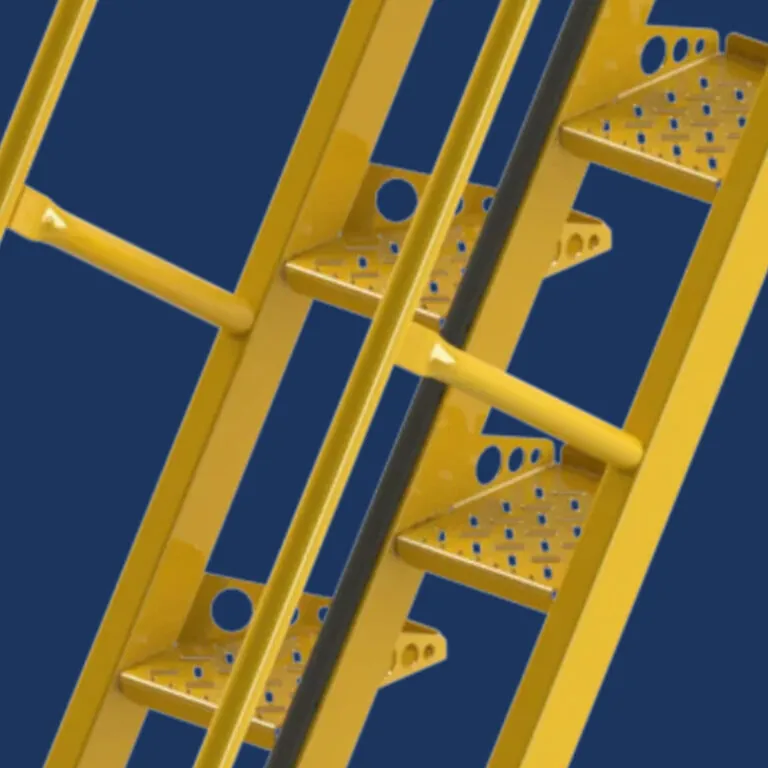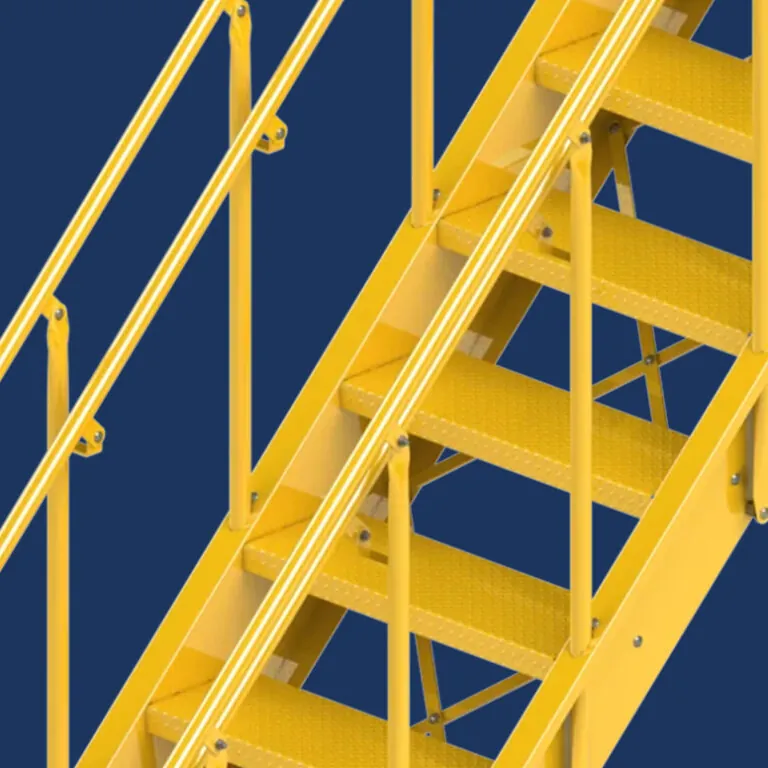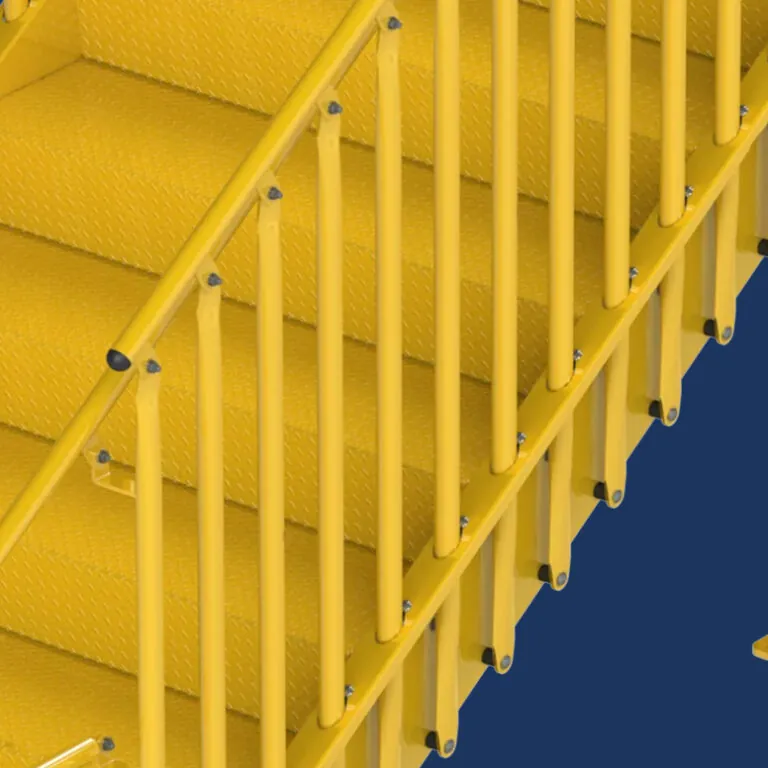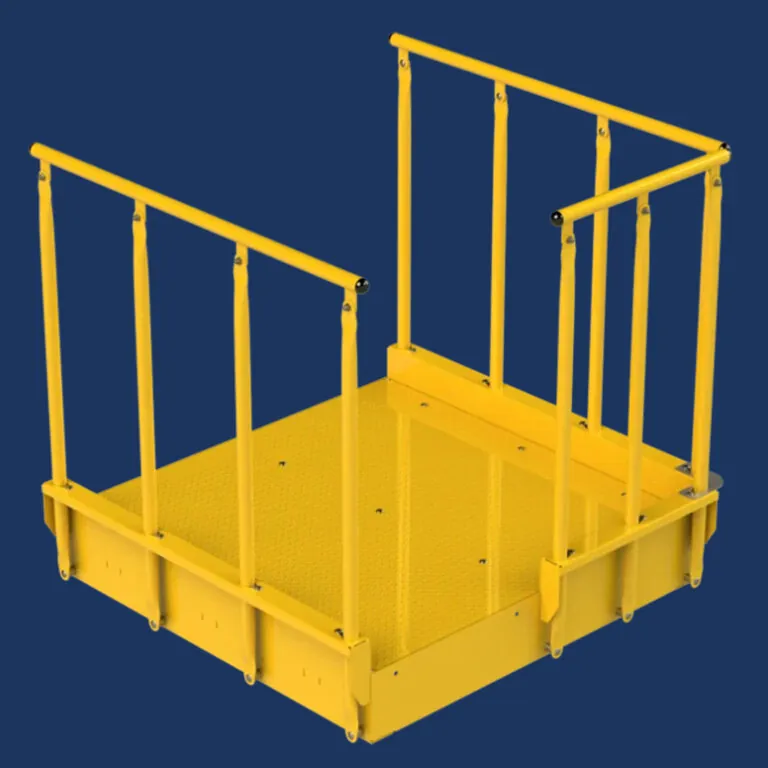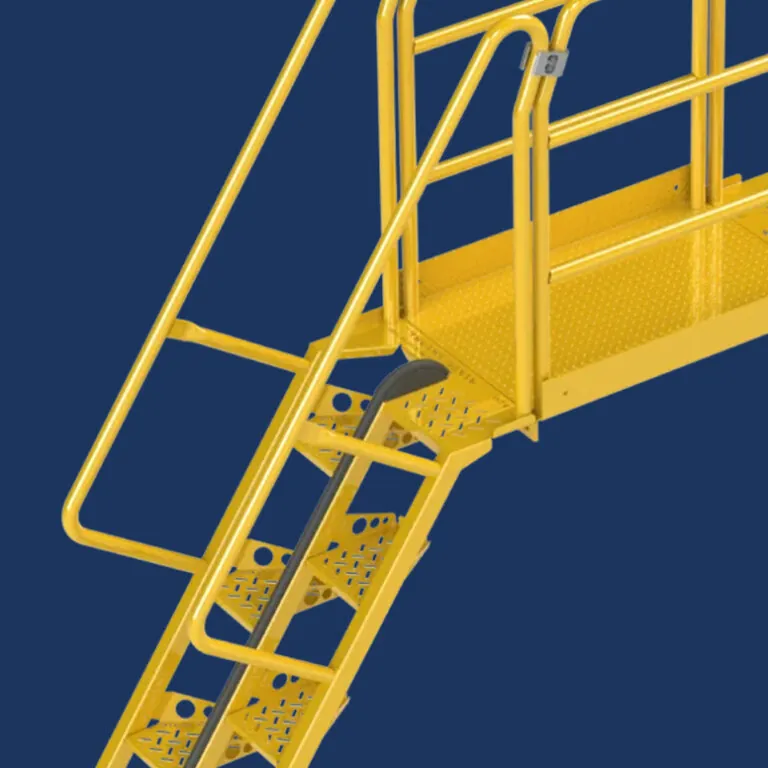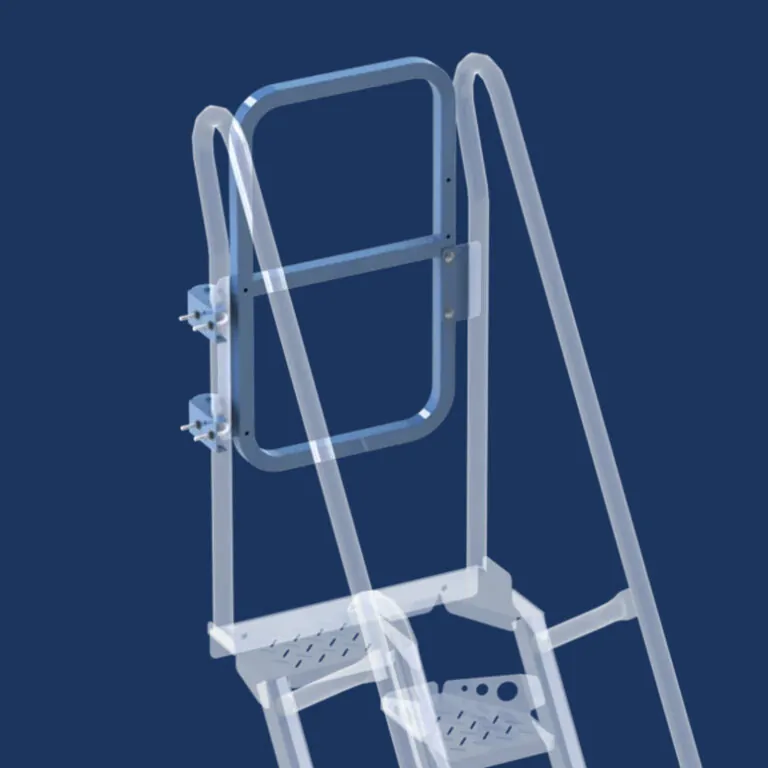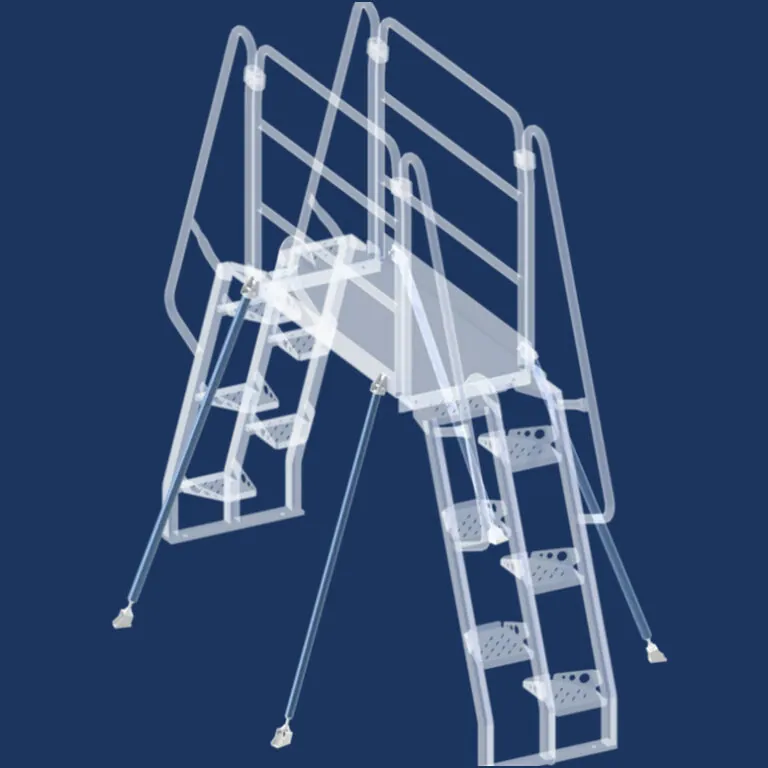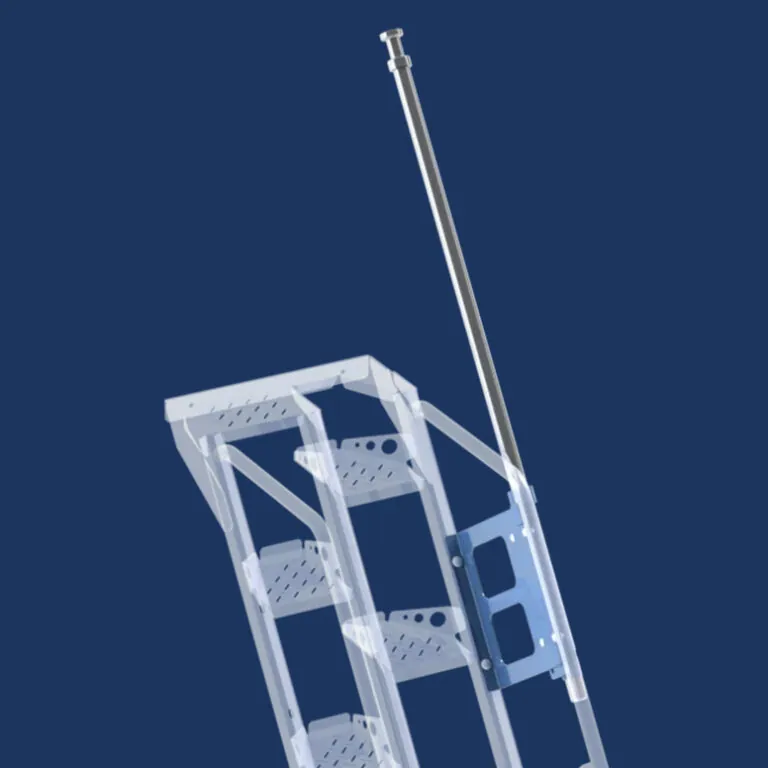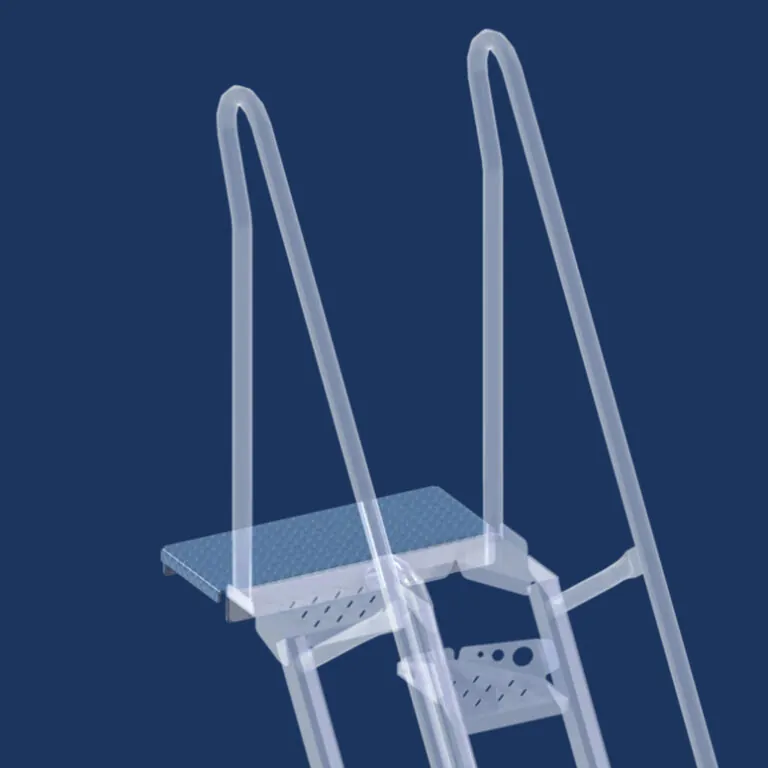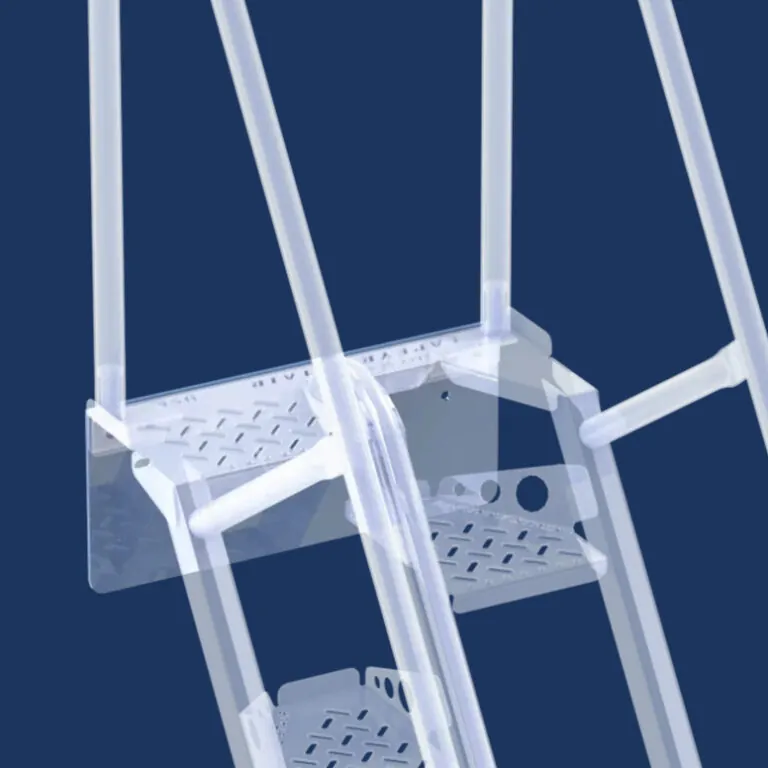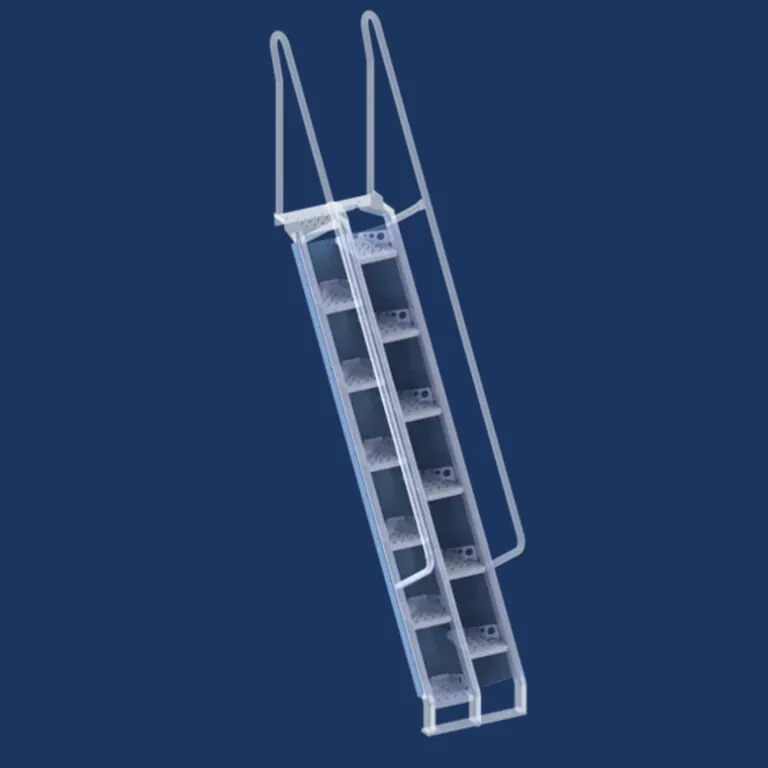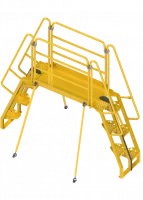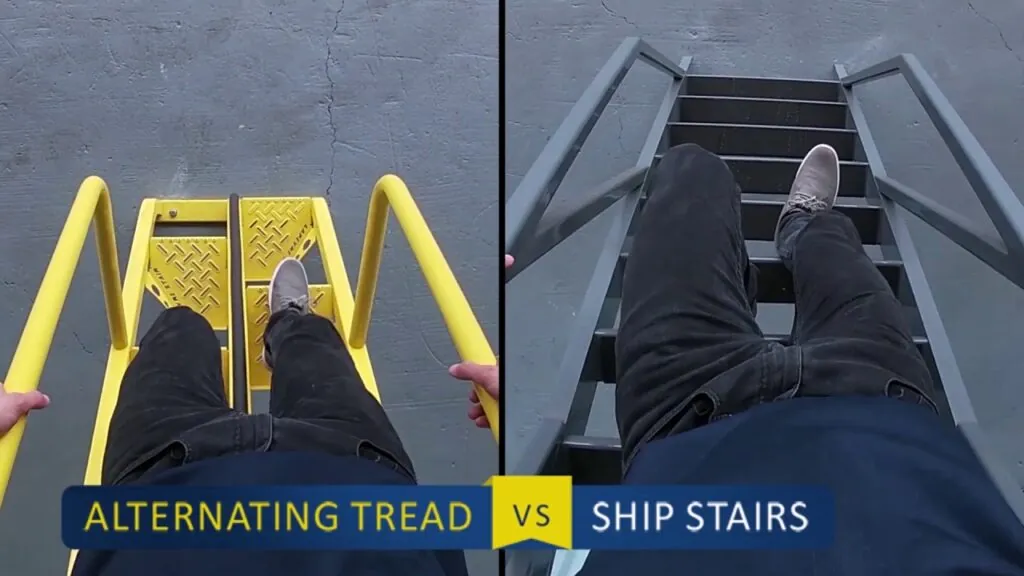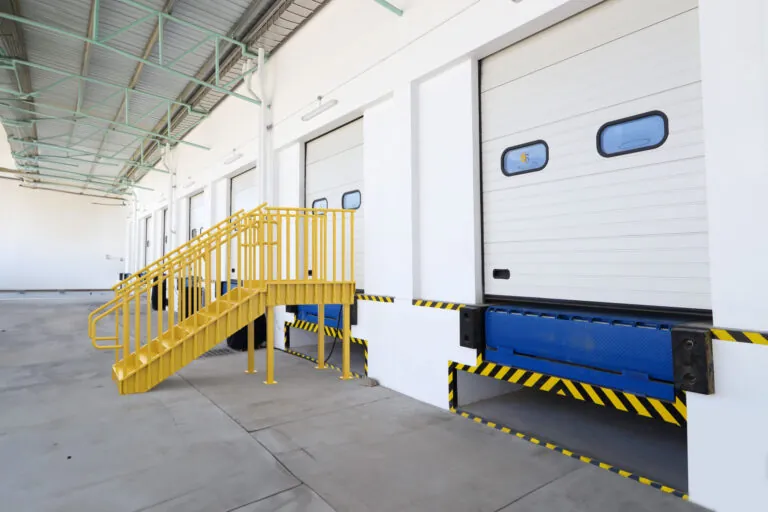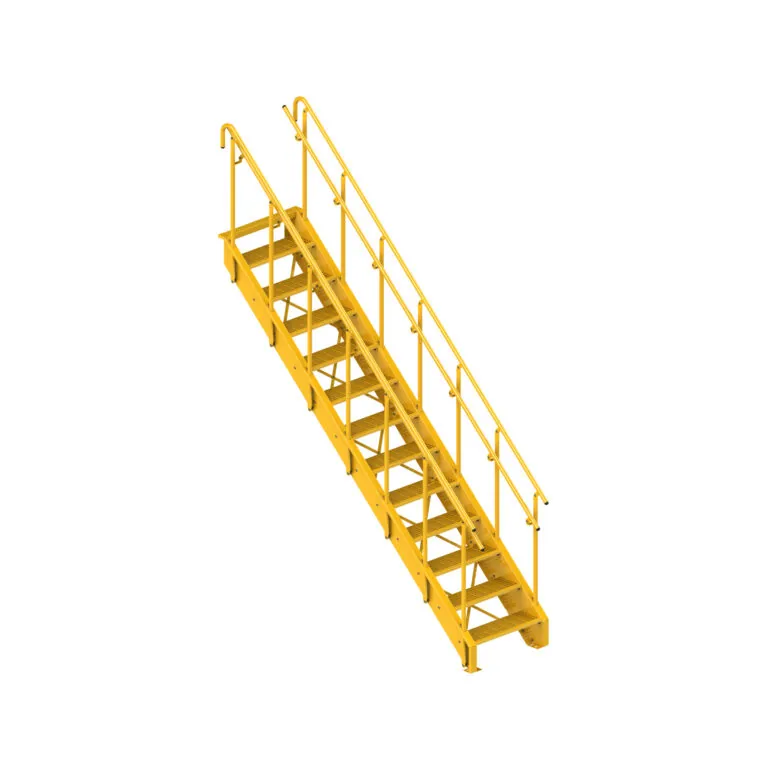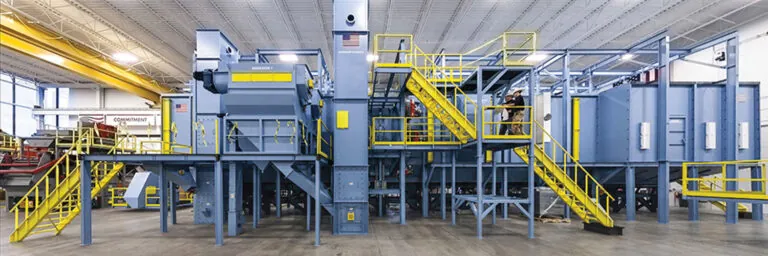Falling down stairs can result in extremely serious injuries. According to the National Safety Council (NSC), more than 8 million people were treated in emergency rooms for fall-related injuries in 2019. A fall, in any circumstance, can be dangerous.
When a person falls on stairs, they normally fall farther than if they had fallen on a level surface. They can also experience many points of impact during the fall. Due to the number of and seriousness of injuries from falling down stairs, stair safety should be a top priority in both home and work environments.
What to do after you fall down the stairs
Falling down steps can happen to anyone. Knowing what to do when you fall down the stairs in advance can help minimize injuries and ensure help reaches you as soon as possible.
If you suffer a fall on stairs and you are alone, you can take the following steps:
Use your cell phone or call out for help.
- Bang the stairs or floor with a shoe or other hard object to attract attention.
- Get into a safe, comfortable position to wait for help if you are able. If possible, move off the stairs to a flat surface.
- If you think moving will exacerbate any injuries, then lie still and wait for assistance to arrive.
Once you or others have assessed your injuries, you can:
Apply an ice pack to areas of minor pain to reduce the chance of swelling.
- Take over-the-counter pain medicine, such as ibuprofen, to reduce discomfort and inflammation.
- Seek emergency medical treatment for severe injuries like broken bones, open wounds or head trauma.
- Consult your doctor or medical professional if mild to moderate pain or injuries don’t improve in several days.
Common injuries from falling down stairs
The type of injuries that can be sustained by a fall down the stairs is seemingly endless. Lower body injuries are the most common, followed by wounds to the head and neck. According to a 2017 study published in The American Journal of Emergency Medicine, sprains and strains make up about one-third of stair-related fall injuries. Here’s a look at some of the most common injuries resulting from a stair fall.
Minor Injuries:
- Sprains – Joint injuries resulting from ligaments stretching or tearing in your knee or ankle.
- Strains – Discomfort in in your arm, leg, back or neck muscles to due to stretching or tearing.
- Bruises – A commonly bruised area is the buttocks which often take the brunt of a stair fall.
- Minor Cuts and Scrapes – These can occur from contact with the stair treads or railing while falling.
Severe Injuries:
- Deep Lacerations – Some more serious cuts may require stitches or other treatment
- Fractures – Common candidates for broken bones include the foot, ankle, shoulder, scapula or hip.
- Head Injuries – Serious falls can result in a concussion, skull fracture or other traumatic brain injury.
- Herniated or slipped disk – A condition where the soft center of the rubbery disc between the neck or back bones pushes through a crack in the tougher exterior casing, which can result in pain and numbness. If you experience neck or back pain after falling down stairs, seek medical attention.
- Internal bleeding – Blood vessels inside the body can be torn or crushed by the impact of a fall.
How to recover after a fall down the stairs
After a fall down the stairs, it’s important to take time to recover. For most minor injuries, you just need to rest to allow damaged joints, bones or muscles to mend. Alternating ice packs with heat can help alleviate pain and bruising. Over the counter medicines, such as ibuprofen, can help with discomfort and inflammation.
More serious injuries from a fall on the stairs can require emergency room visits or surgery. Fractured bones may need to be immobilized with a cast or brace. Severe bone injuries may require surgery to correct. Neck or back pain after a fall might be the sign of a spinal cord injury which could result in paralysis. To be safe, you should visit the emergency room If you have numbness or a change in session in your limbs.
Many people experience back and neck pain after falling down stairs. If the pain doesn’t go away after a few days, it’s best to visit a doctor to make sure you don’t a have more serious condition, such as spine injuries or internal bleeding.
Some stair-related falls by require ongoing therapy for treatment. Physical therapy, massage or treatment by a chiropractor can all be beneficial in helping the body recover from fall-related injuries. Seeing an athletic trainer can also aid recovery efforts. These types of medical professional can determine the best way to assist with injury recovery and avoid chronic pain.
If you suffer a concussion as a result of falling down the stairs, you need to allow your brain time to heal. Avoiding sounds and bright lights can assist with recovery from a concussion. Reducing screen time spent on cell phones, computers and televisions can also help your brain mend more quickly.
After a stair fall, the only way to really know how severe your injuries are and to learn the best treatment is to be evaluated by a healthcare professional. In most cases, early medical attention leads to quicker recovery times.
Tips to prevent falling down the stairs
While accidents can always happen, many stair falls can be avoided. In home environments, using simple common sense can prevent people falling down stairs. In industrial and commercial settings, stair safety products can be used to reduce the risk of accidents.
1. Use a handrail.
Even on short staircases, using a handrail is the easiest way to avoid falling down the stairs. Even if you are carrying something up or down the stairs, make sure you have one hand on the railing. If your staircase doesn’t have a handrail, you should consider adding one.
2. Clear stairs of any objects.
Any items left on stairs, such as shoes or work equipment, can create potential hazards. Having a clear path that is also well-lit, will help reduce the risk of someone falling down the stairs.
3. Take your time.
By walking slowly up and down a staircase, you reduce the risk of falling. Running on or skipping steps creates the opportunity for an accident. Make sure you are alert and not distracted by other matters when using a staircase.
4. Install non-slip stair treads or nosing.
Stair treads can be covered with a light-weight, bolt-on tread cover with a permanent, abrasive polyurethane coating to increase traction and reduce the potential for accidents. In addition, different type of outdoor non-slip stair treads, such a diamond plate, bar grating and grip treads, can providing a safer walking surface. A non-slip stair nosing can also help prevent falls and accidents.
5. Ensure stairs are designed safely and avoid steep stairs and ladders
Stairs should always be designed for the appropriate use and to meet the applicable building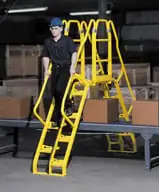 codes and OSHA regulations. These codes like the IRC and IBC require minimum and maximum stair tread depths, riser heights, and angles to ensure a safe design. For tight space applications in the workplace like equipment and maintenance areas, alternating tread stairs are demonstrated to be safer, with 4 times fewer incidences, than steep stairs and ladders.
codes and OSHA regulations. These codes like the IRC and IBC require minimum and maximum stair tread depths, riser heights, and angles to ensure a safe design. For tight space applications in the workplace like equipment and maintenance areas, alternating tread stairs are demonstrated to be safer, with 4 times fewer incidences, than steep stairs and ladders.
6. Consult OSHA stair safety regulations.
Employers and commercial property owners should refer to the OSHA walking and working surfaces checklist to prevent stair accidents. These detailed regulations explain the exact requirements that should be followed across all types of commercial and industrial environments.
Accident statistics related to falling down the stairs
The statics on injuries sustained from falling down stairs are staggering. Here are just a few of the eye opening facts related to a fall off the stairs:
- According to a 2017 study published in The American Journal of Emergency Medicine, more than 1 million people are treated in hospital emergency rooms each year for falls on stairs.
- The CDC reports that 2,521 deaths from falls on or from stairs and steps occurred in 2019.
- People between the ages of 11 and 62 make up the majority (67%) of people who fall down stairs.
- The highest injury rates occur with younger children and older adults. Children under 10 tend to experience more head and neck injuries while, older fall victims are more likely to sustain broken bones than younger people.
- Females account for nearly two-thirds of stair falls and tend to have a higher injury rate than men.
- The most common types of injuries are sprains and strains (32.3%), followed by soft tissue injuries (23.8%) and fractures (19.3%).
- The areas of the body most frequently affected by falling down the stairs are the legs, ankles, and feet (42%) and head and neck (22%).
- The body regions most frequently injured were the lower extremities (42.1%) and head/neck (21.6%).
Despite the statistics above, we’ve seen there are many ways of preventing slips trips and falls.
Final points
Falls down steps are a frequent source of injury for people of all ages. Falling down stairs injuries can range from minor sprains, strains and bruises to more serious conditions requiring emergency medical attention, surgery or long-term therapy.
The good news is that most stair fall accidents can be prevented. Simply using a handrail and taking your time can make your journey up and down the staircase less risky. Safety features, such as non-slips treads or stair nosing, can also help prevent accidents. Following OSHA regulations for stair safety is especially important in commercial and industrial spaces.
FAQs
What kind of injuries can you get from falling down the stairs?
You can sustain an endless possibility of injuries from falling down the stairs. Minor injuries that can result include sprains, strains, bruises, and minor cuts and scrapes. More serious injuries, like broken bones, spinal injuries, deep lacerations and concussions, can also occur from a stair fall.
How many people die from falling down stairs?
According to the Centers for Disease Control and Prevention, there were 2,521 deaths from falls on or from stairs and steps in 2019. Falls from stairs are more likely in individuals ages 65 and older. Most of these fatalities can be prevented by ensuring safe stair design, maintenance, and use.
Can falling down the stairs cause a concussion?
Falling down the stairs can cause a concussion if you hit your head. Symptoms of a concussion may include headaches, ringing in the ears, nausea, vomiting, fatigue, drowsiness, blurry vision, or confusion. If you experience any of these symptoms after falling down the stairs, seek medical attention.

